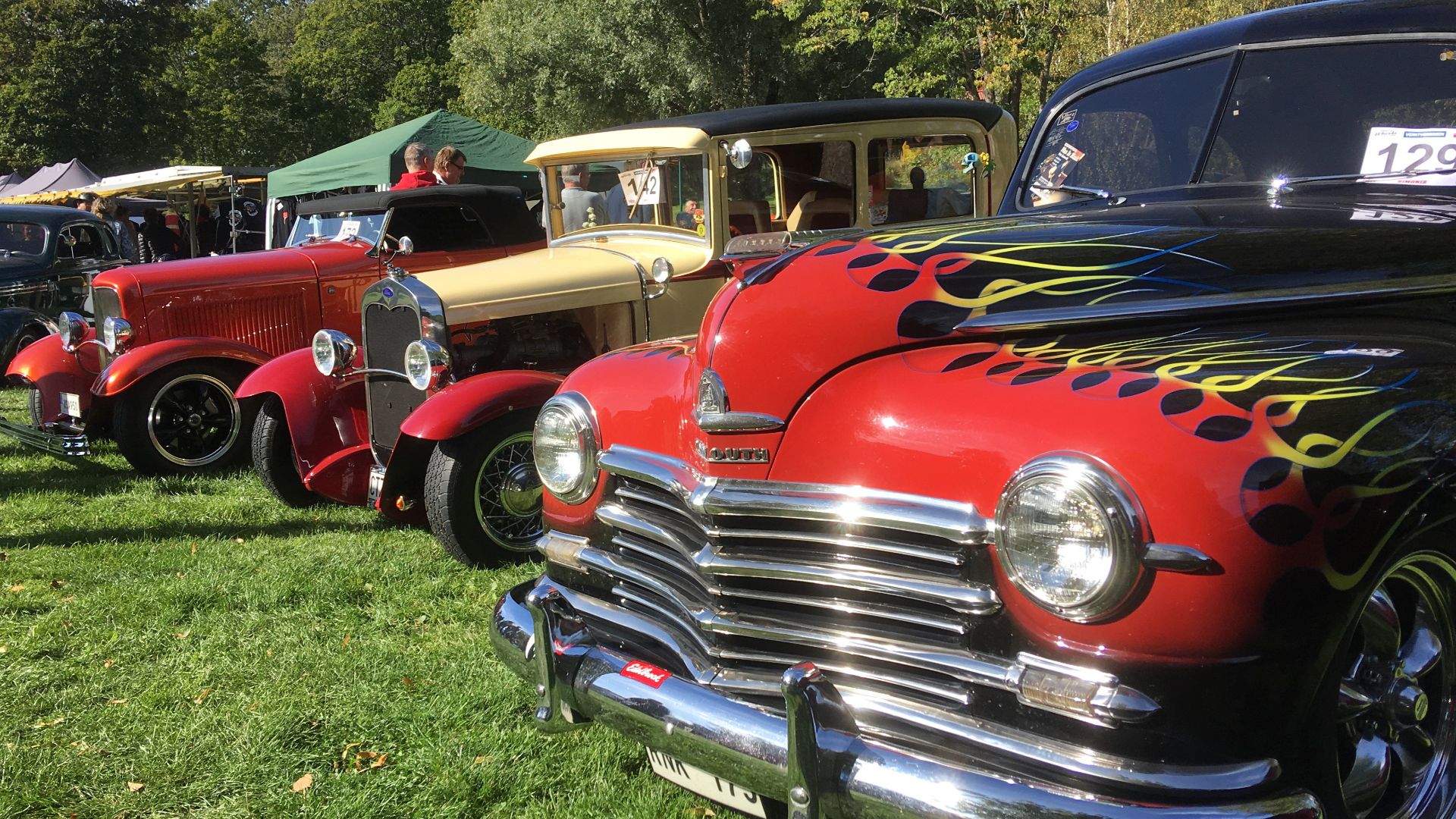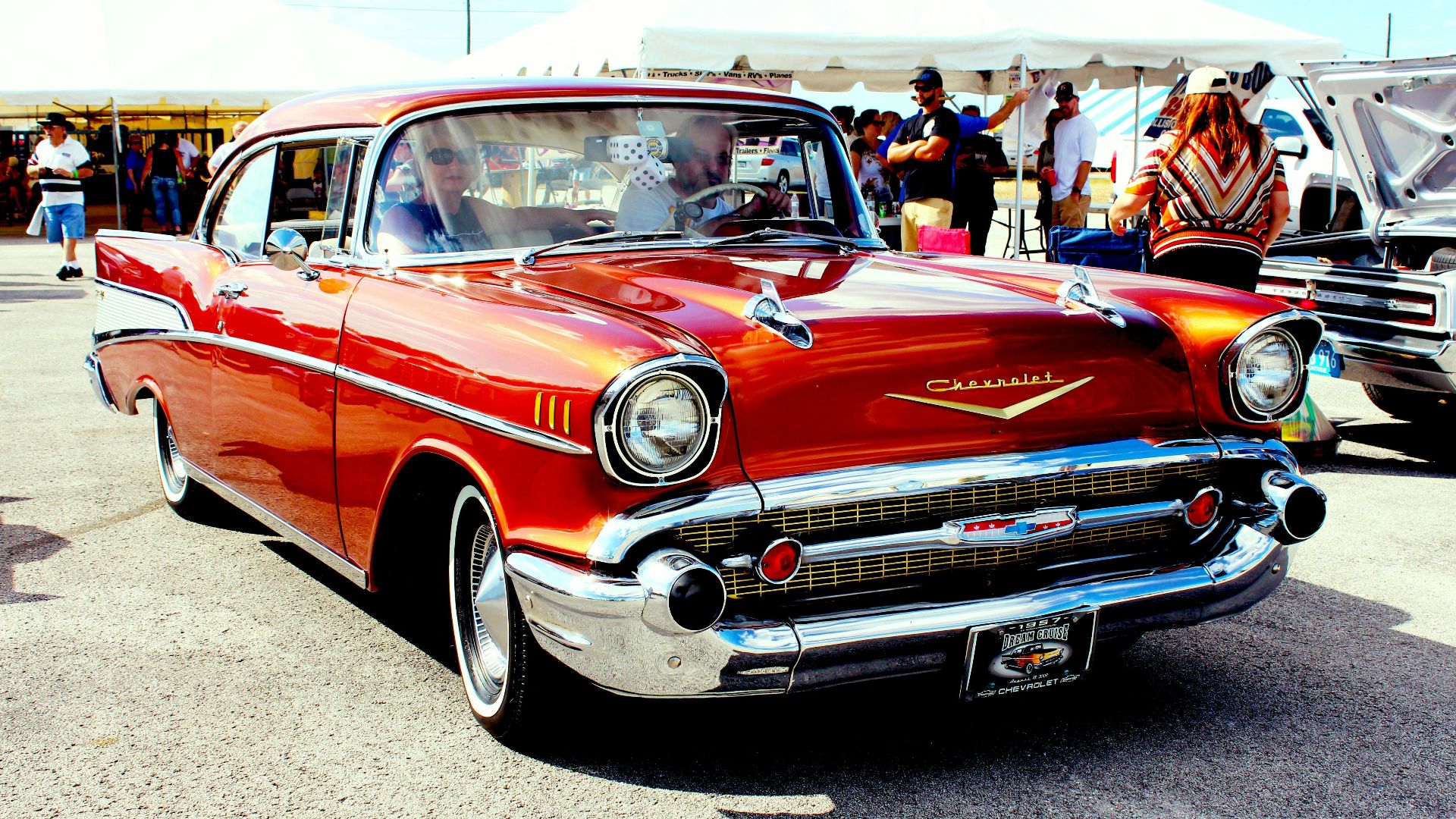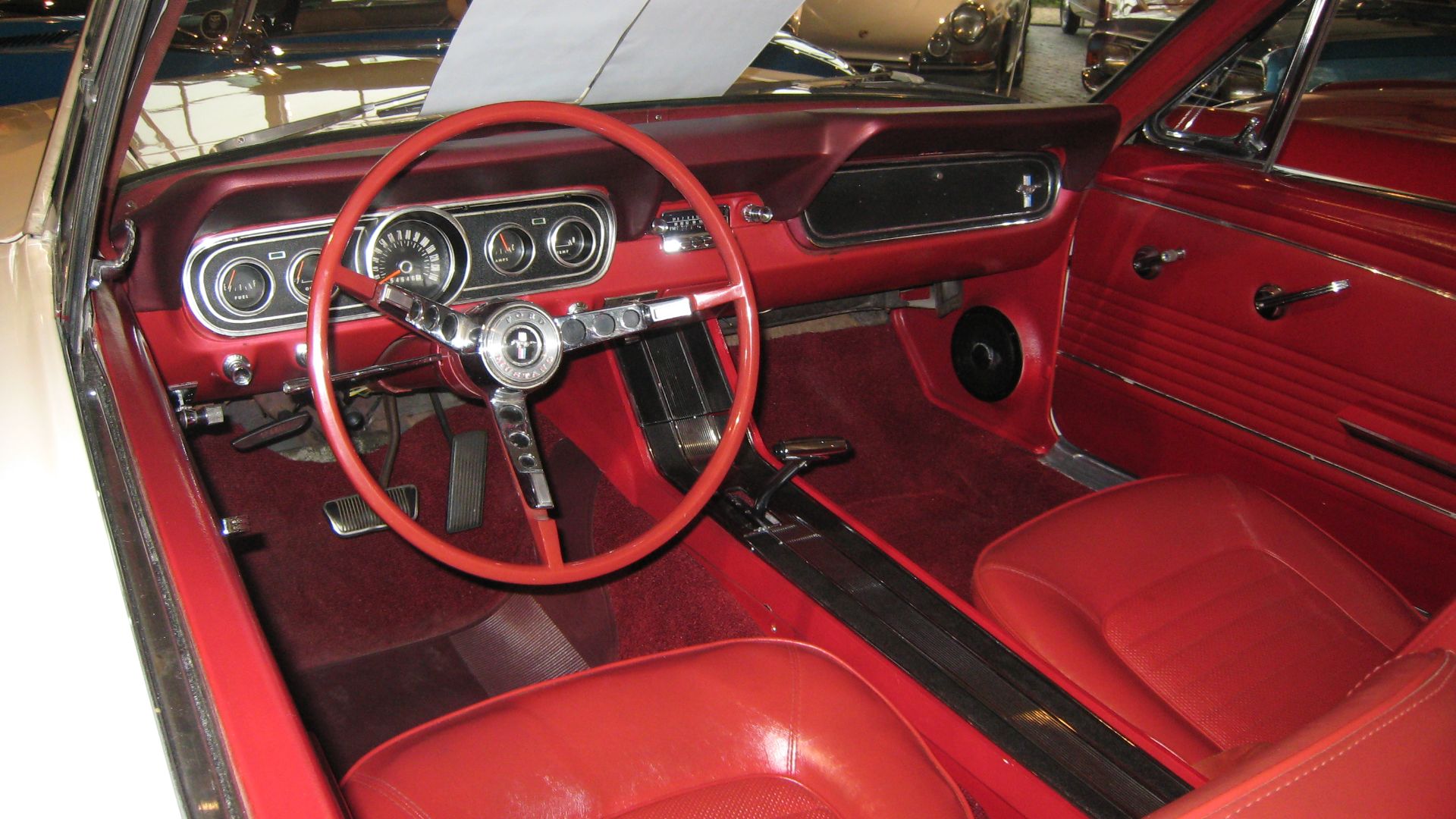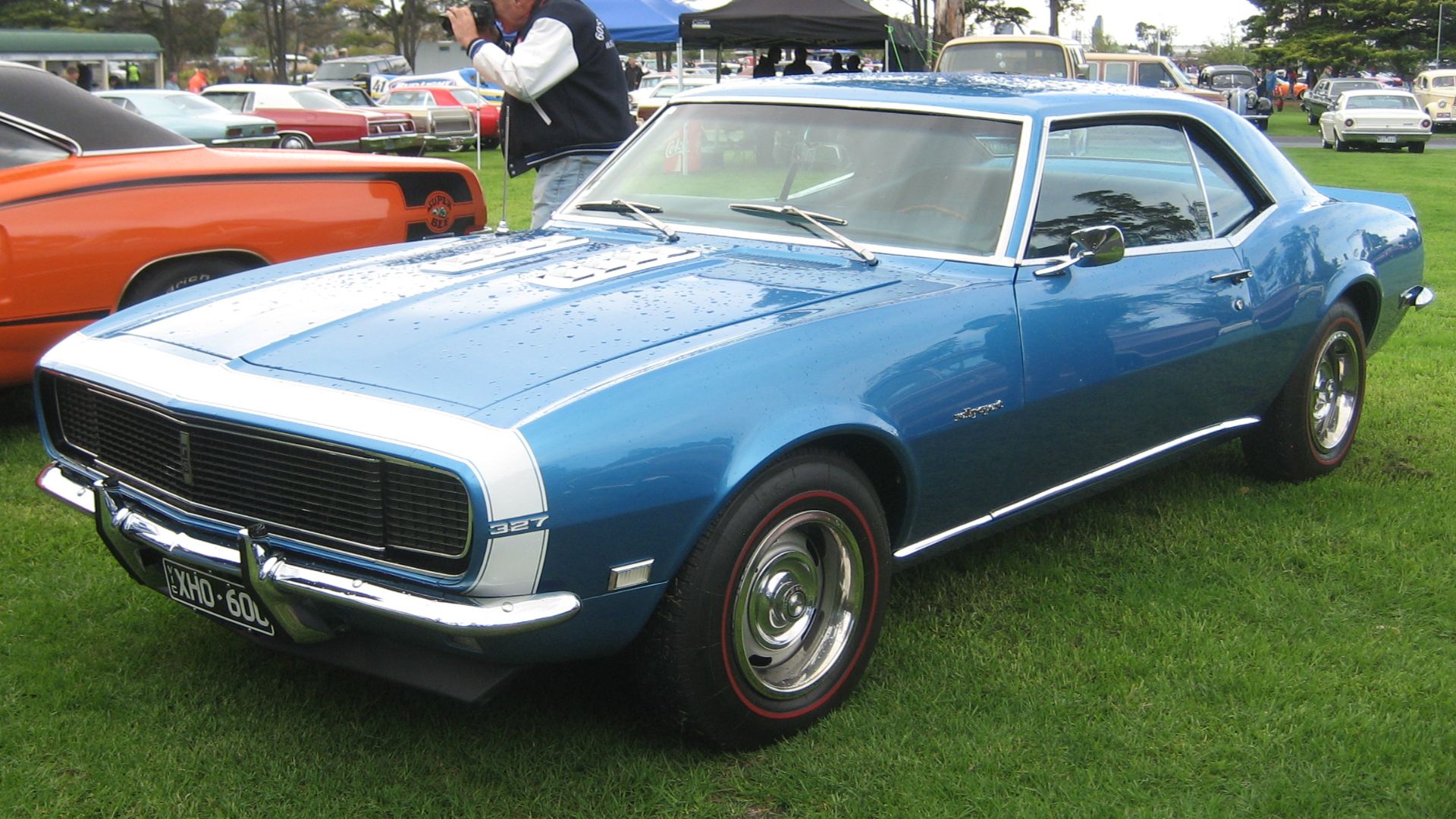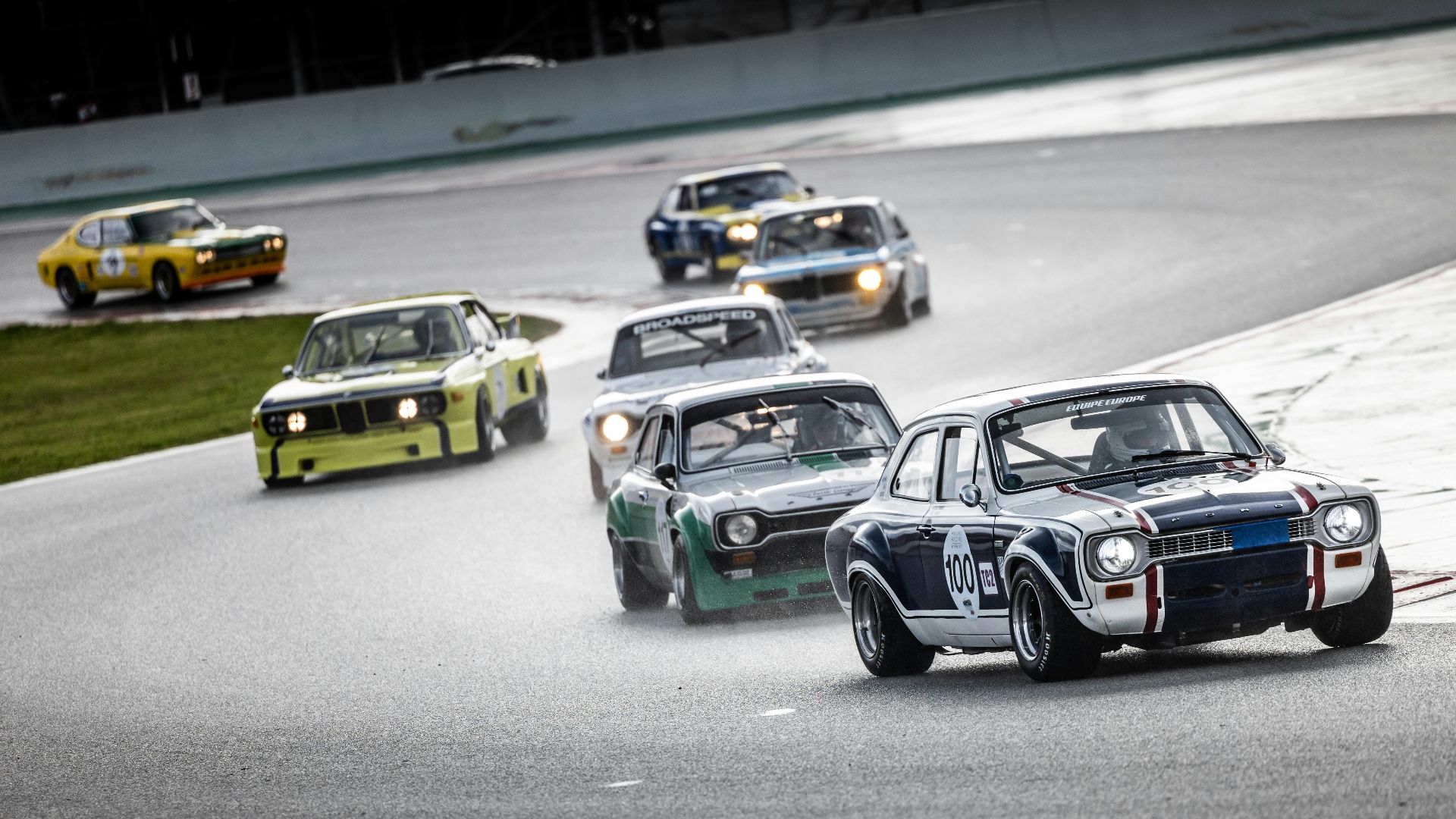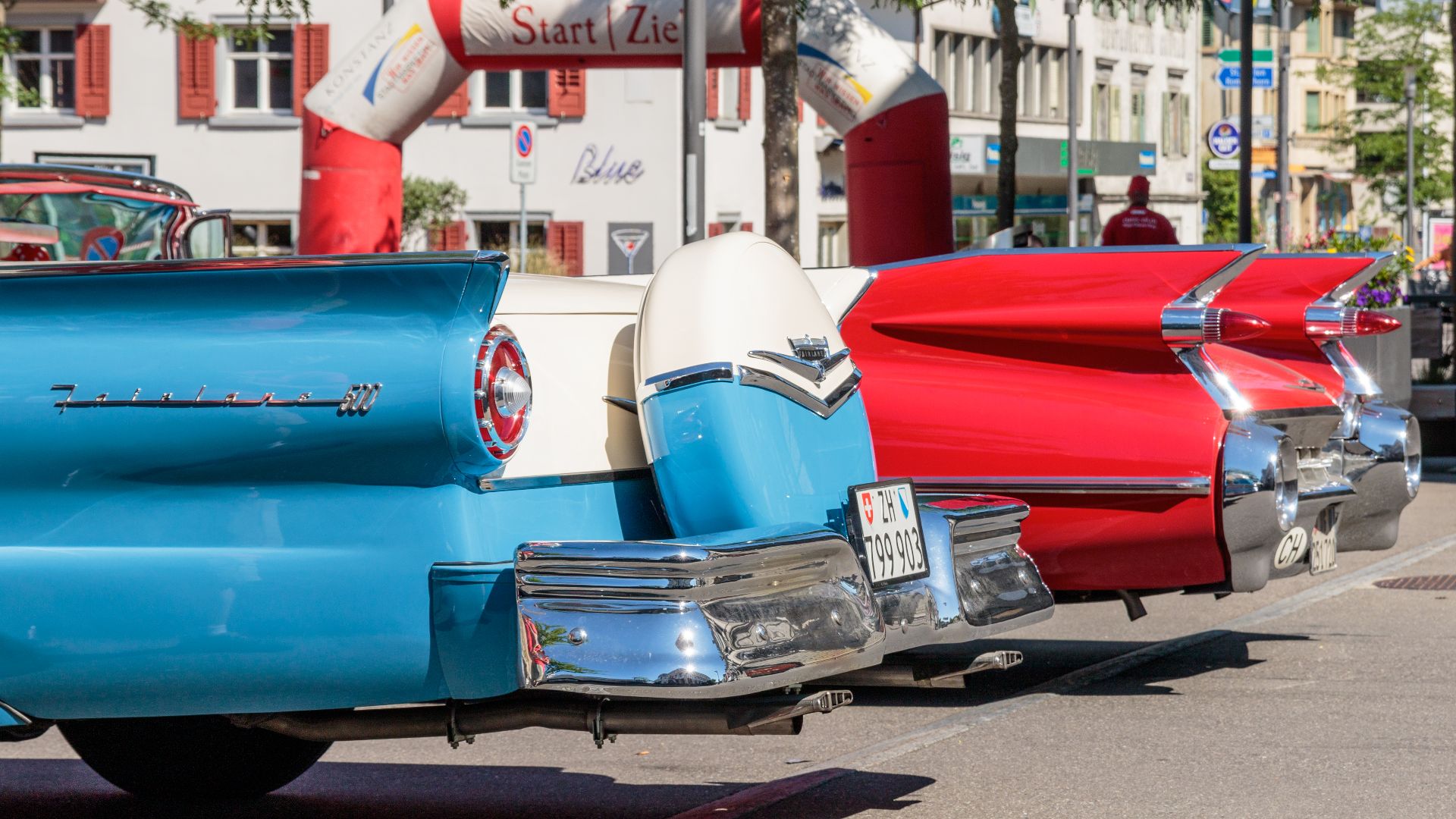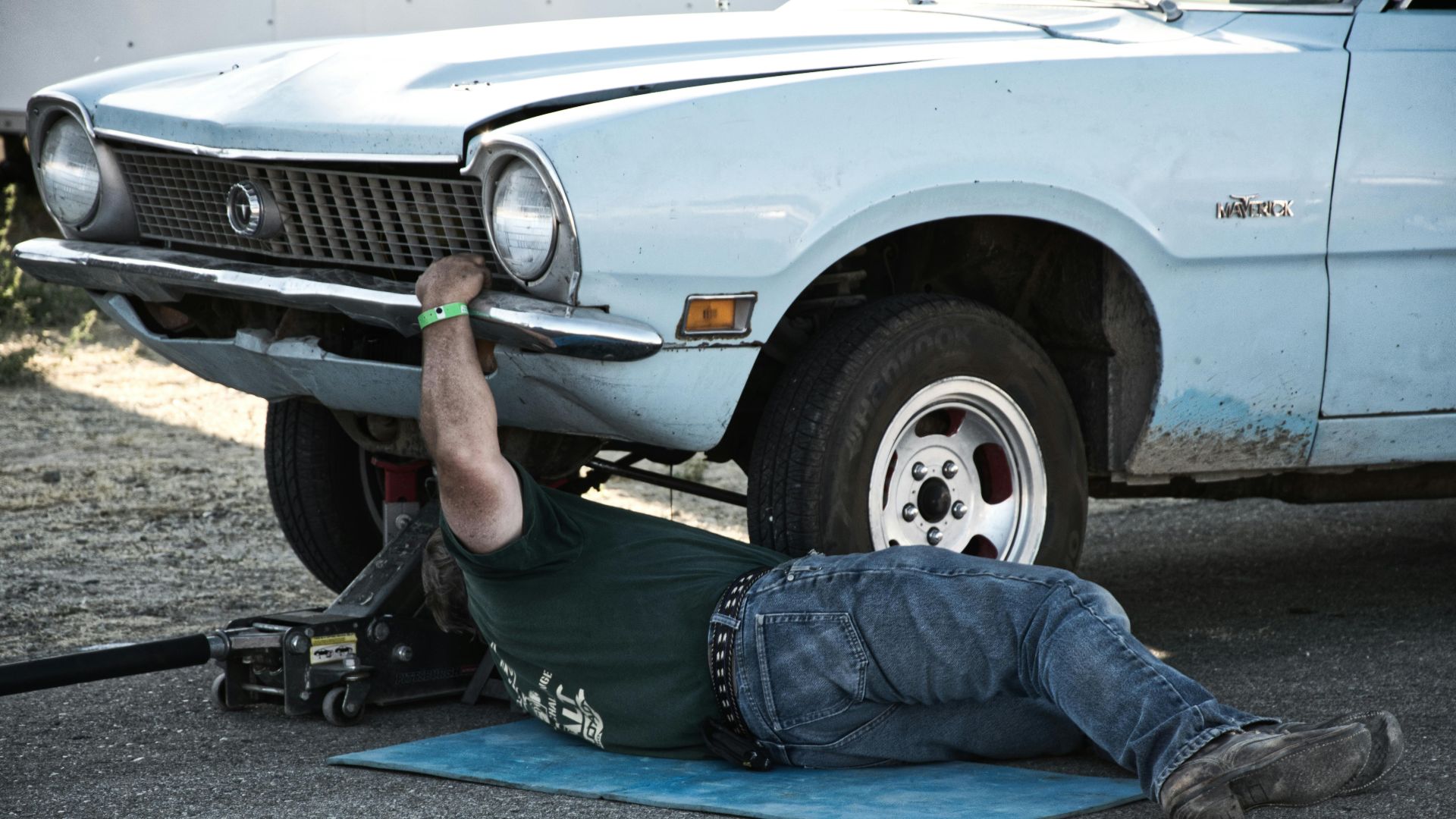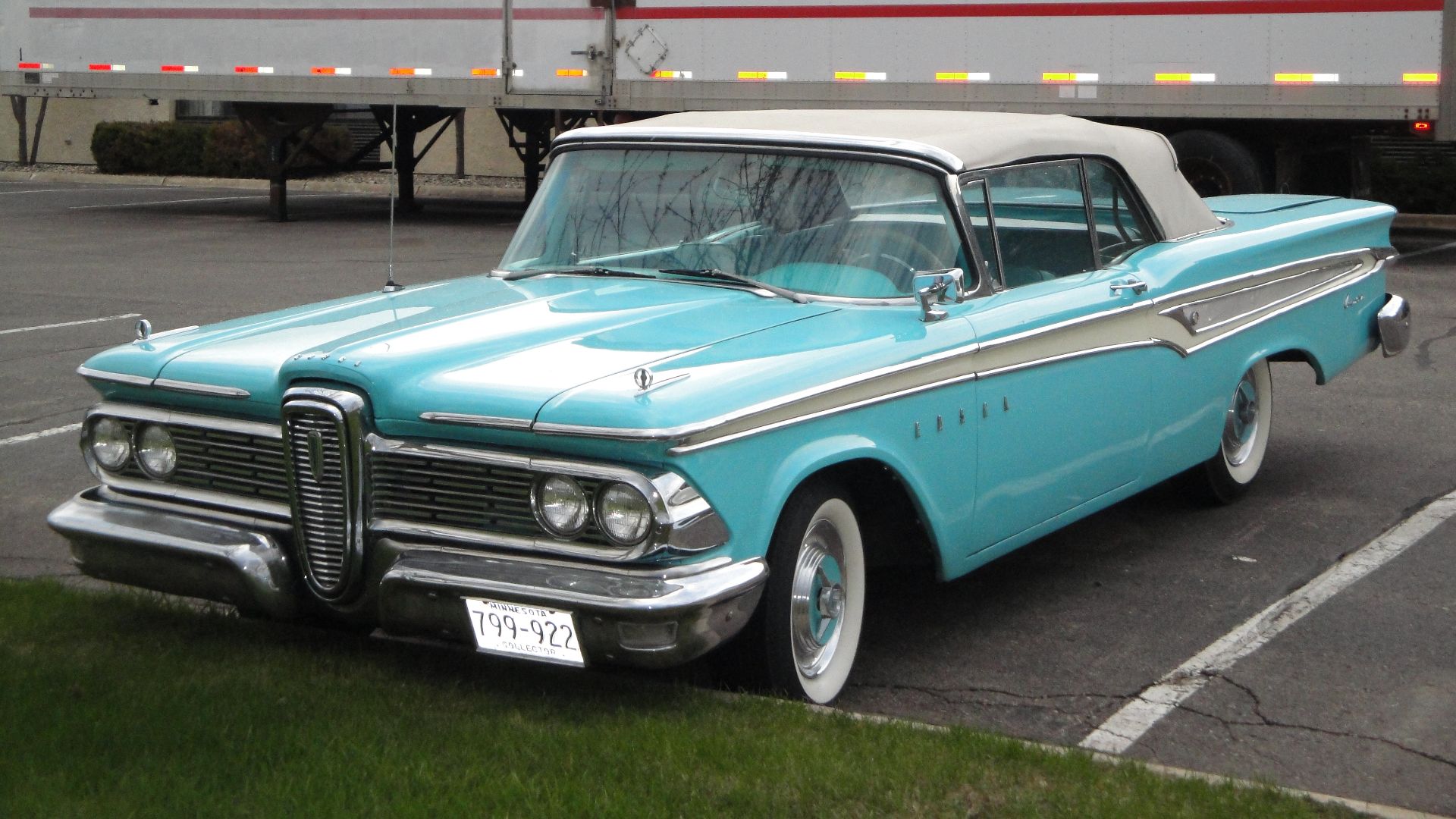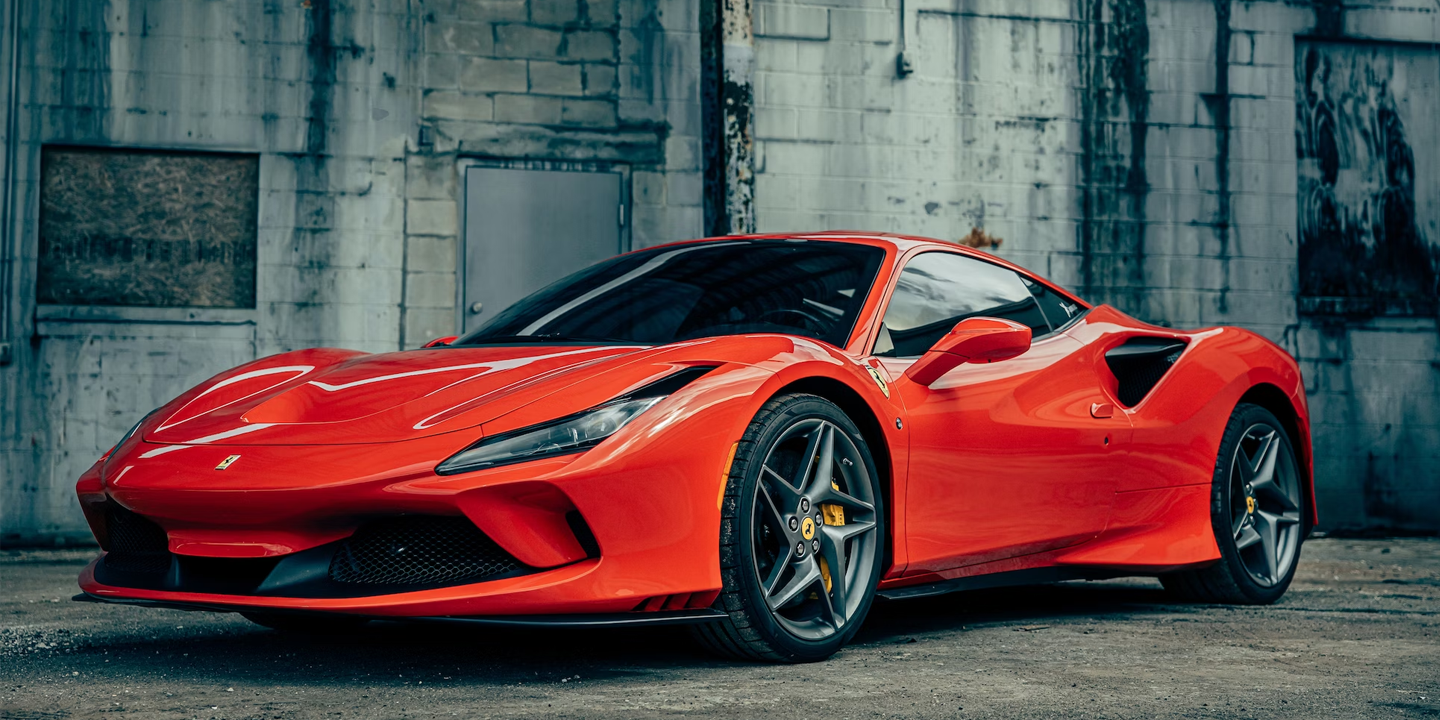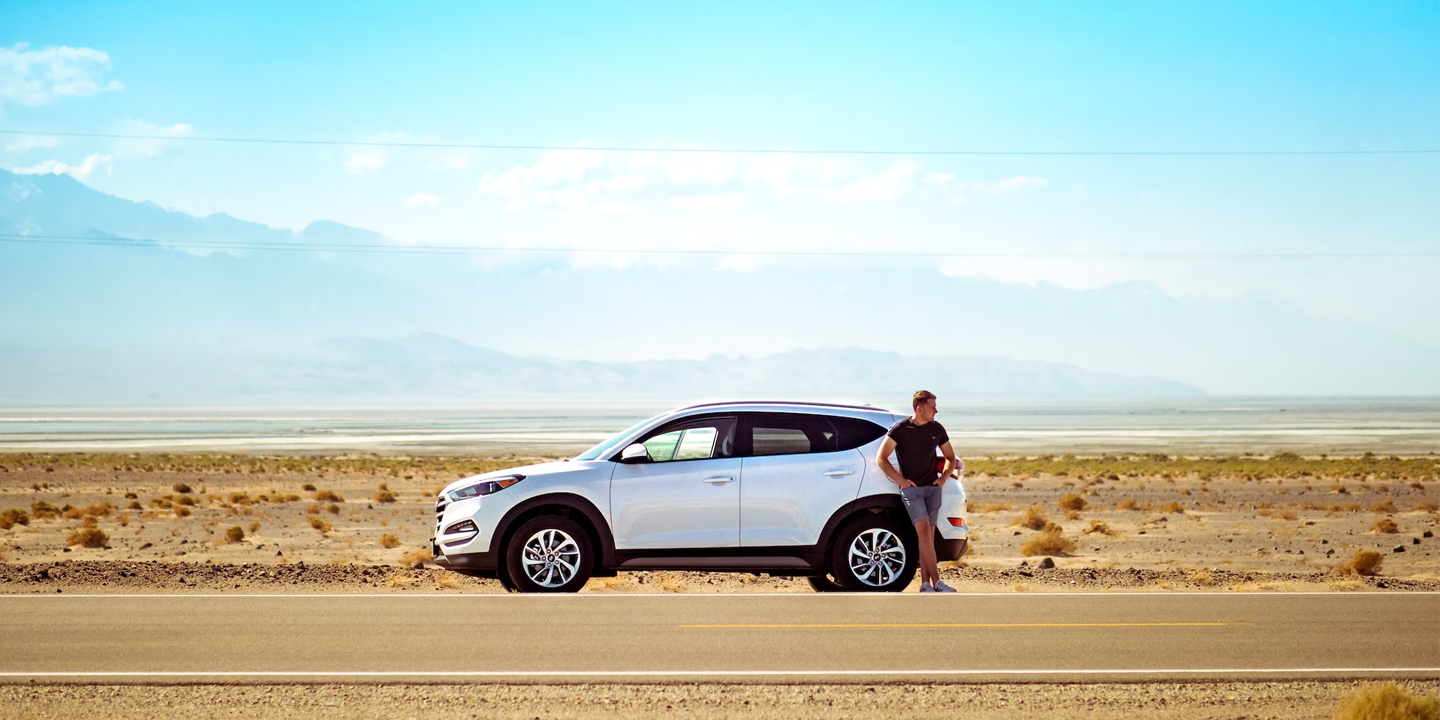Timeless Road Poetry
Classic cars capture our hearts through more than just metal and chrome—they're time machines on wheels. Something magical happens when you slide behind the wheel of an automobile that's outlived multiple generations. Nostalgia plays its part, certainly, but the passion for vintage motoring runs deeper than mere memories. It's time to understand why and how these mechanical marvels continue to fascinate people worldwide.
1. Nostalgic Connection To Personal History
The "rose-tinted fantasy" of nostalgia drives many collectors to seek out vehicles that marked significant milestones in their lives. Classic cars evoke powerful memories of first dates, family road trips, and coming-of-age moments that modern cars simply cannot replicate.
2. Mechanical Simplicity Makes DIY Possible
Pop the hood of a classic ride and you'll find an engine bay that invites tinkering rather than intimidating with complexity. The absence of elaborate electronics means many repairs require just basic hand tools and mechanical know-how.
 Mehmet Turgut Kirkgoz on Pexels
Mehmet Turgut Kirkgoz on Pexels
3. Timeless Aesthetic Appeal Transcends Eras
When the Art Deco period introduced streamlined shapes and innovative materials to automotive design, it forever changed how we perceive beauty in transportation. Elements like tailfins, chrome accents, and bold color schemes have become iconic visual signatures.
4. Raw Driving Experience Without Electronic Interference
Skill and intuition take center stage when piloting vintage automobiles that lack modern driver aids like traction control or ABS. The pure connection between driver and machine demands more attention and engagement, crafting a more visceral experience on the road.
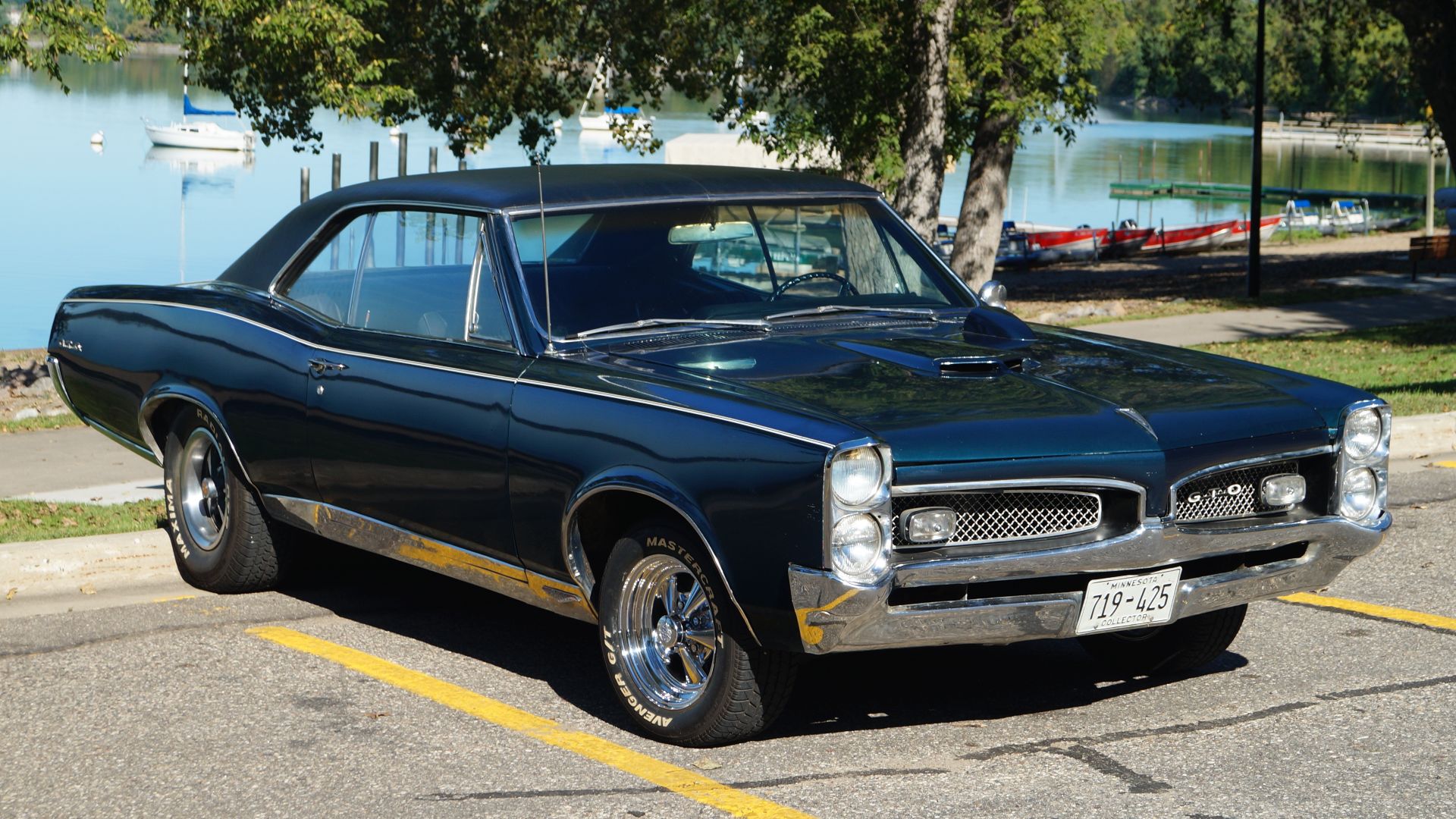 Greg Gjerdingen from Willmar, USA on Wikimedia
Greg Gjerdingen from Willmar, USA on Wikimedia
5. Living Pieces Of Automotive History
Each post-war classic represents a tangible link to significant moments in automotive evolution, preserving engineering breakthroughs and design philosophies that shaped the industry. The Cadillac Series 75 personified postwar luxury, while later models showcased the dramatic "jet age" influence.
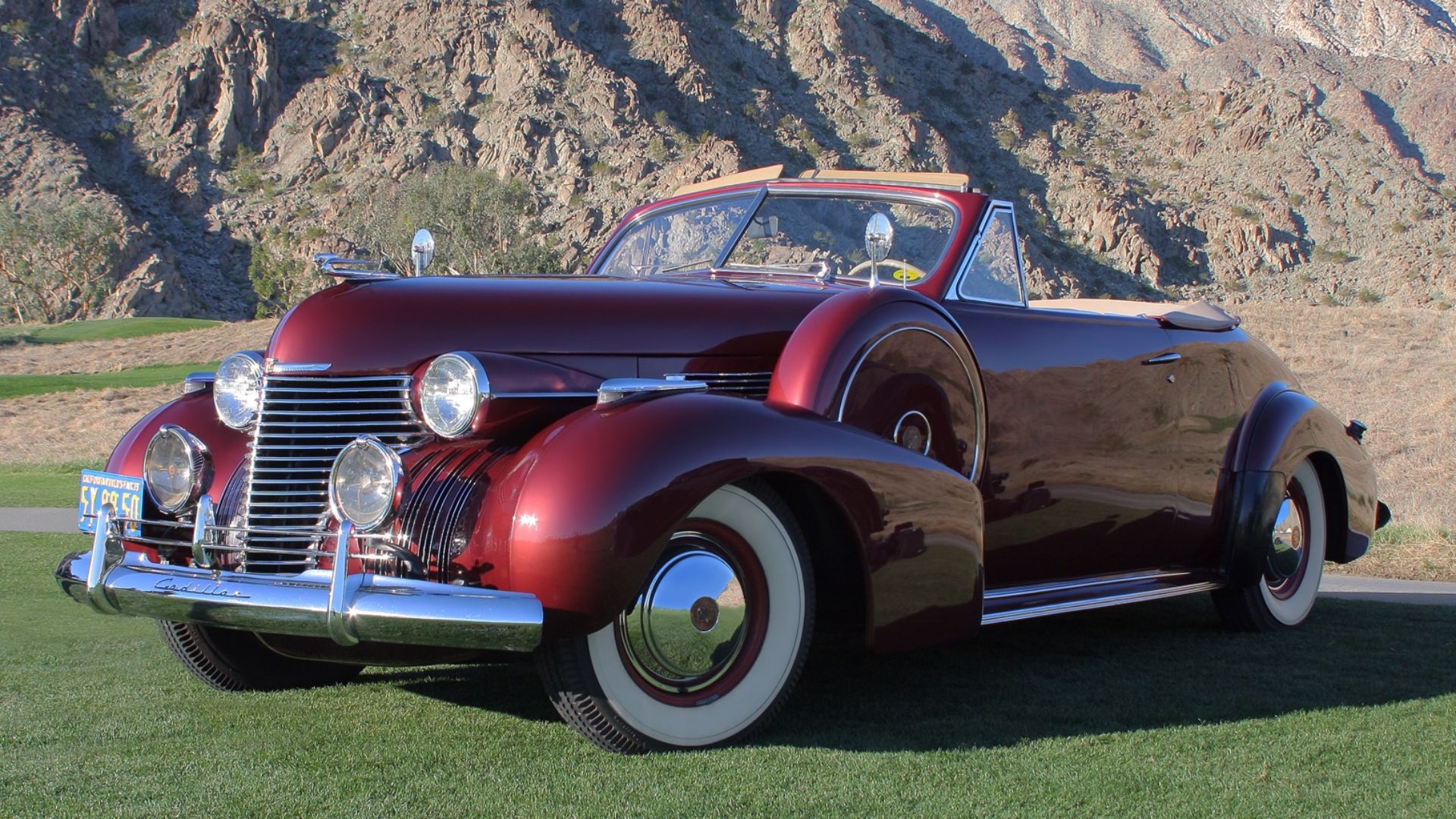 Rex Gray from Southern California on Wikimedia
Rex Gray from Southern California on Wikimedia
6. Potential Investment That Appreciates
Unlike most new cars that depreciate immediately, certain vintage vehicles gain value over time. Rarity and historical importance drive astronomical prices at auction, with some classics selling for tens of millions of dollars. One famous example is the Bugatti Type 57 SC Atlantic.
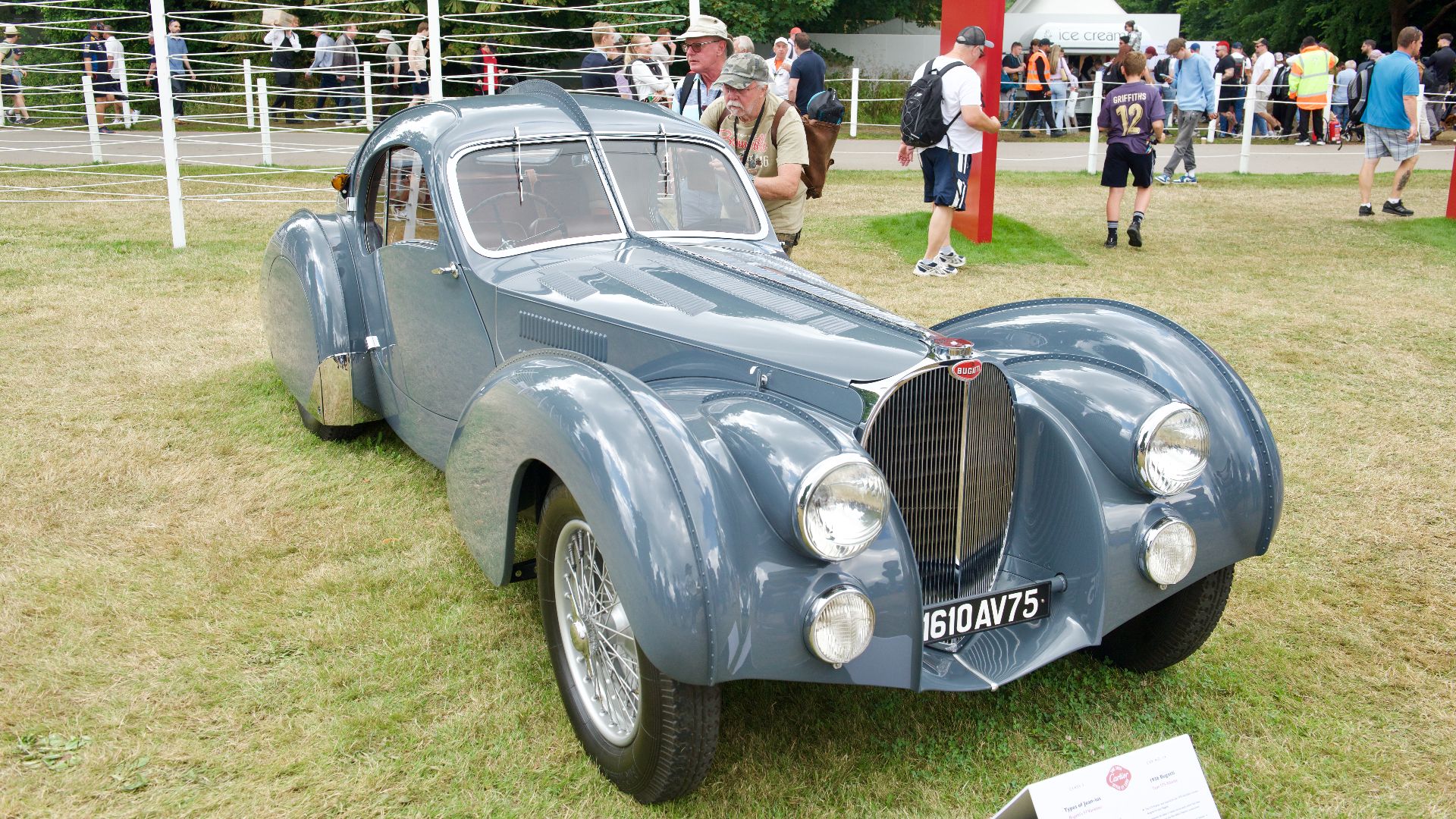 Francisco Antunes from Manchester, United Kingdom on Wikimedia
Francisco Antunes from Manchester, United Kingdom on Wikimedia
7. Vibrant Community Connections
Car shows, rallies, and club meetings foster social bonds among classic car enthusiasts that often evolve into lifelong friendships. These gatherings celebrate automotive history as well as foster a supportive network for sharing maintenance tips, parts sources, and restoration advice.
 Simon Q from United Kingdom on Wikimedia
Simon Q from United Kingdom on Wikimedia
8. Freedom To Customize And Personalize
Simpler mechanics and abundant aftermarket parts give classic car owners unparalleled freedom to modify their vehicles. From custom paint schemes to interior upgrades and performance enhancements, vintage platforms offer endless possibilities for personal expression. Dedicated events showcase these modified treasures.
9. Built To Last With Sturdy Materials
Heavy steel bodies and durable mechanical components contribute to the impressive longevity of many classic models. This substantial construction creates a solid, planted feeling. Although lacking advanced safety features and corrosion protection, many cars remain roadworthy decades after production.
10. Symphony Of Mechanical Sounds
The distinctive, throaty rumble of a vintage V8 delivers an amazing auditory experience. Even electronic sound enhancement in modern vehicles can't duplicate it. Muscle cars from the 1960s and 1970s are particularly loved for their powerful exhaust notes.
 Retired electrician on Wikimedia
Retired electrician on Wikimedia
11. Exclusivity Through Natural Scarcity
A few examples of many classic models have survived the decades. When only four Bugatti Type 57 SC Atlantics were ever built, ownership obviously becomes an entry to an ultra-exclusive club. These rare automotive treasures primarily appear at selective events.
12. Hollywood Has Made Them Icons
Immortalized on screen, classic cars like the DeLorean from Back to the Future and the Ford Mustang from Bullitt transcend transportation to become cultural landmarks. These media appearances elevated specific models to iconic status, instantly recognizable to anyone.
13. Physical Controls Provide Intuitive Feedback
Turn a knob, pull a lever, press a button—classic car interfaces respond with satisfying tactile feedback rather than the delayed digital response of modern touchscreens. Chrome-accented analog gauges deliver information at a glance, their physical needles providing immediate visual feedback.
14. Entry-Level Classics Welcome New Enthusiasts
Not every vintage vehicle commands a fortune at auction, making the hobby accessible to beginners with modest budgets. These affordable entry points enable new enthusiasts to acquire restoration and maintenance skills without incurring significant financial pressure.
15. A Symphony For All Senses
Run your fingers across door panels covered in materials selected for their texture and substance, rather than cost efficiency. The combination of these sensory elements triggers powerful nostalgia, even in those too young to remember these cars when they were new.
16. Mastery Replaces Electronic Assistance
Conquering a challenging mountain road in a vintage sports car without electronic safety nets delivers incomparable satisfaction. Without traction control or stability management, drivers must develop genuine skill to extract performance from classic vehicles. Vintage car races showcase this pure approach to driving.
17. Chrome And Fins Define Automotive Flamboyance
During the optimistic post-war era, nothing symbolized American prosperity and technological aspiration like the soaring tailfins of a 1959 Cadillac Eldorado. These extravagant styling elements turned utilitarian transportation into a rolling sculpture, deliberately designed to make a dramatic statement.
18. Unexpected Adventures Come Standard
Roadside repairs and improvised solutions are badges of honor among vintage car enthusiasts rather than inconveniences. This embrace of uncertainty adds a dimension of adventure to even routine drives, as owners develop problem-solving skills and resilience.
19. Comfort Redefined Through Spaciousness
The Cadillac Series 75 set benchmarks for interior luxury with its expansive cabin dimensions and plush appointments that prioritized passenger comfort over space efficiency. Such cars embraced generous proportions with wide bench seats that could accommodate three adults comfortably across.
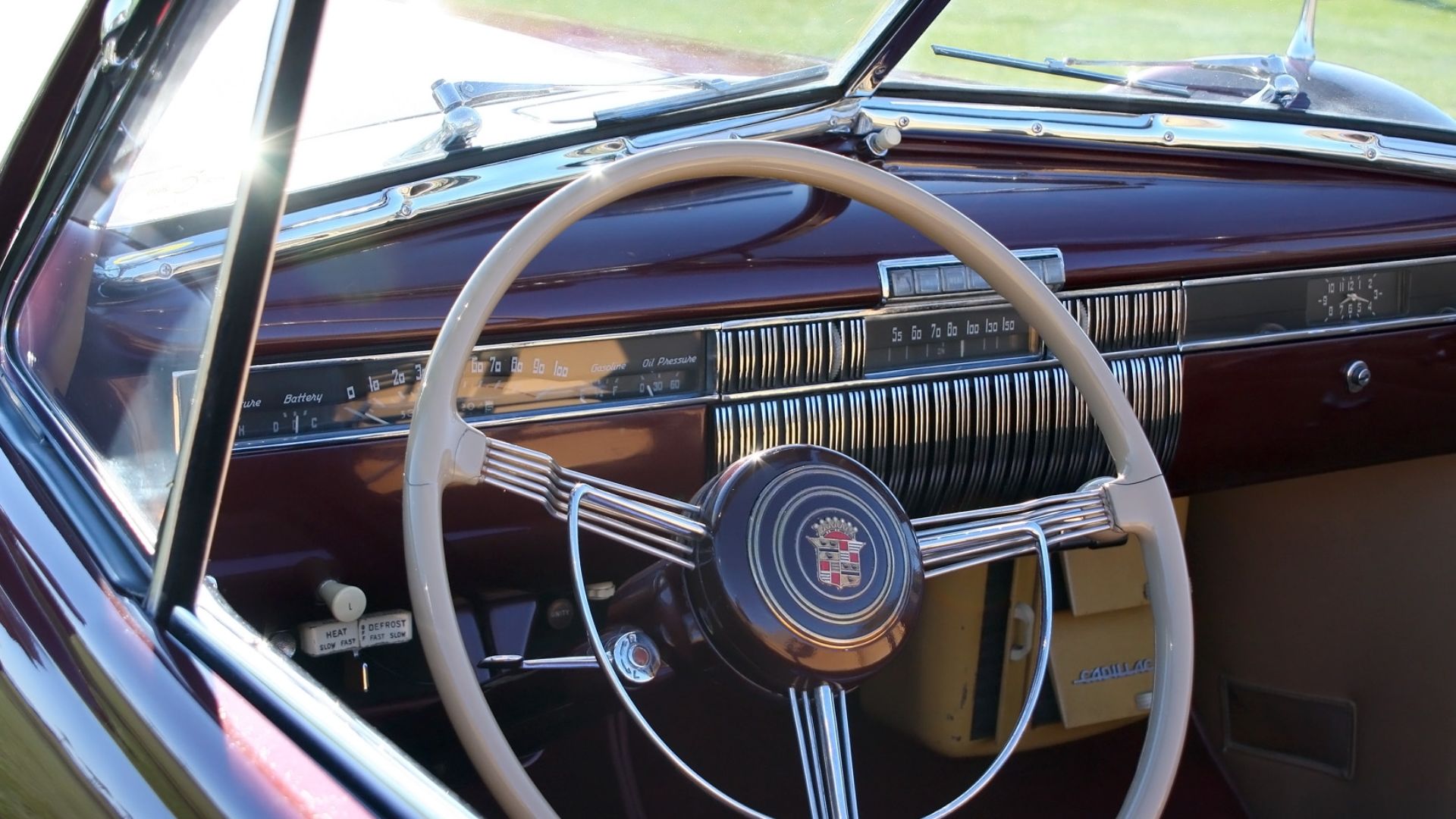 Rex Gray from Southern California on Wikimedia
Rex Gray from Southern California on Wikimedia
20. Panoramic Views Through Generous Glass
Before crash safety standards necessitated thick pillars and smaller windows, classic car designers prioritized visibility with expansive glass areas. Thin roof supports and wraparound windshields crafted cockpits with nearly unobstructed views of the surrounding world.





